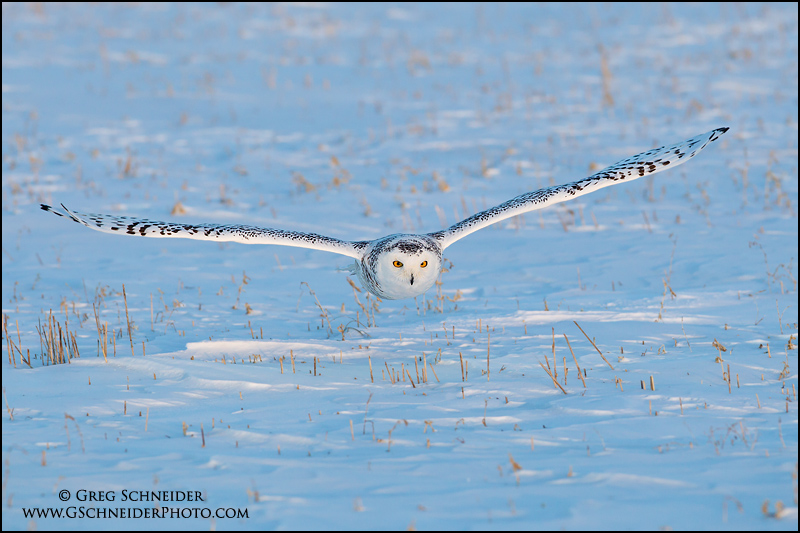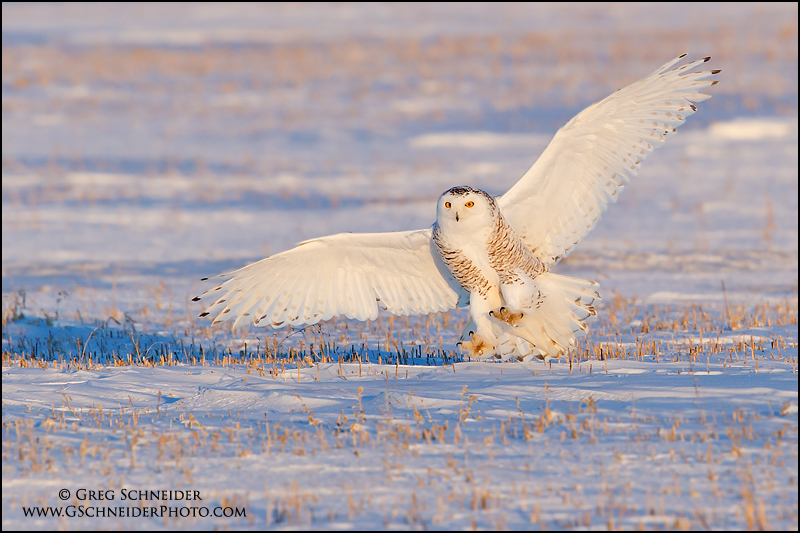Tagged: owl
Snowy Owls in sweet light
I’ve added two more images of snowy owls from last winter, photographed here in Ontario, Canada. I have many more photos to go through. I really liked the light on both of these, and it was great to have this co-operative female snowy to photograph as she hunted.
Eastern Screech Owl youngsters
Eastern Screech owls are among one of the most common owls in many areas, but their small size and retiring nature make them very difficult to find. Nesting in cavities, their whinnying and spooky calls can be heard most readily at night in the mating season. Many people are shocked when they find out that these owls often live close to their homes in ravines and other natural areas.
A few years ago I was fortunate enough to learn of an Eastern Screech owl family that had nested in a local park. While extremely hard to find (and often only found because of other birds mobbing them), I had a few successful photo sessions with them. The young “owlet” fledglings were especially cute with their comical, big eyes and downy feathers. To my surprise and disappointment, I have not been able to find them this year, and only saw them briefly early in the season last year.
I’ll post some adults next!
Strix nebulosa
In my opinion, one of the most appropriate Latin names for any bird is that of the Great Gray Owl: Strix nebulosa. The species certainly has a nebulous character, roosting deep in dense woods, and only appearing at the edges of open areas near dawn and dusk to hunt, which makes it rather hard to find with the limited hours of daylight in the winter. Once one actually locates this owl, it is immediately evident that though it seems very lethargic, it is extremely aware of all that is happening in its surroundings. For instance, it is very possible to have them suddenly launch off their perch only to catch a vole under a few feet of snow. They show very little fear of humans; there have been many photos posted showing people standing right next to a Great Gray Owl. When in flight, their wingspan is truly impressive.
They tend to come south in any good numbers only once every few years, when the vole population crashes further north. The large invasion in the winter of 2004-2005 was well documented, but in the years since then there haven’t been too many that came south.
This past winter I was able to get numerous photos of a pair of them that wintered near Ottawa; most photos are from a trip in February with Alex Mody.








